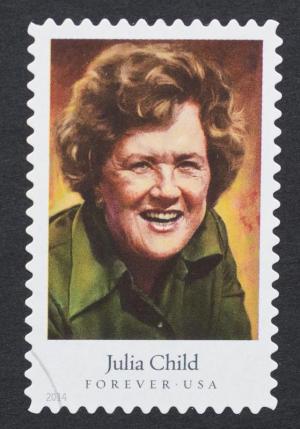We baby boomers have survived many a fad over the years. But one thing that still strikes fear into the heart of pretty much anybody who reached early adulthood in the semi-trendy ‘70s is the concept of the “progressive dinner.” These debacles-in-the-making always started off with the best of intentions: Everyone gathered at the first house to sip and bite this or that. Then they all piled back into the cars (let’s hope the cocktails were virgins!) and drove to house No. 2. More sips. More bites. More sips. This is where things began to unravel, because back in those days society had not yet cracked down on synchronized drinking and driving. So low-level skirmishes over designated-driver duties would inevitably erupt.
The arrival at house No. 3 signaled the predictable spiral into chaos. Stomachs filled faster because of the interval between meals, so the current host would end up in a snit as satiated diners eschewed the feast in favor of the couch, football and perhaps even more liquid refreshment. It was a pretty good bet that this particular group would probably never meet again, at least not in that form.
In order to inject a bit of civility into that ‘70s brainstorm-gone-wrong, our local restaurants, restaurant groups, breweries, distilleries and even liquor distributors now provide a more efficient application of the group dinner concept, generously offering it to various local charities as a fundraiser item. The idea eliminated at least three glitches that lurked in the original plan: (1) food made at home while possibly “under the influence,” (2) the inescapable question, “OK, who’s gonna drive?!” and (3) premature satiation before all the venues were visited. Our generous food service professionals brought the idea into the realm of reason, offering extravagant meals to auction winners and their lucky friends. In fact, some even provided transportation to and from the restaurant. The concept of dining out has certainly evolved over the years, and I can’t help but think that pioneer TV chef Julia Child would have loved the whole idea.
The mysteries of the kitchen have become familiar to many, thanks to Food Network and the like. But much of today’s fascination with all things culinary can be traced back to Chef Julia herself. The networks, publishers, websites, retailers, restaurant columnists and commentators that followed have her to thank for engaging the public in the art and science of cooking.
Several years ago, I had the honor of hosting a panel discussion that marked the conclusion of Rehoboth Beach Museum’s Beach Eats! exhibit. On the last night of the year-long event, the museum powers-that-were presented an exclusive screening of one of the very first cooking shows, “The French Chef,” created and hosted by Julia Child and broadcast by WGBH in Boston from 1963 to 1973.
The lights dimmed as our roomful of foodies, restaurateurs, foodie wannabes and those who love us watched the tall, talented and always out-of-breath Julia prepare her famous French onion soup and chocolate mousse. Like the groundbreaking “I Love Lucy,” these early black-and-white episodes were shot using multiple cameras. The difference is that Lucy was shot on film, which allowed for creative editing after the show was filmed. “The French Chef,” however, was shot using TV cameras, so what the viewers ultimately saw on the screen was determined in real time as the director switched among the cameras while Julia was cooking. Retakes and edits were few and far between. When she spilled the cognac, well, she spilled the cognac for all to see. If an unruly onion eluded her knife by skittering off the cutting board, we witnessed her deft moves to corral the little fugitive. And, in the spirit of Thanksgiving, few of us can forget the quite-possibly-true TV moment when a well-buttered turkey slipped out of Julia’s hands and ended up on the floor. As the cameras took it all in, she bent down, picked it up, put it back on the table and said, "Remember, you're alone in the kitchen!"
In both episodes we watched that evening, it was obvious that she had finished earlier than expected, reacting to off-camera “stretch” signals by filling her half-hour any way she could. Digital time manipulation was at least 50 years in the future, so the allotted minutes had to be filled – one way or another. Not unlike the turkey’s unfortunate bout with gravity, she never missed a beat.
So what started with tiny black-and-white TV screens and on-air resourcefulness has morphed into extravagant dining experiences crafted by generous restaurant people to support local causes. Julia Child had no idea how many things – including columns such as this – might never have existed without her groundbreaking productions. So, in tribute to the tall and talented lady who started it all, I’d like to make a toast (at least in print) to all the Cape Region restaurateurs and other food service professionals who repeatedly step up to the plate for so many deserving causes.
Enjoy your Thanksgiving week. And, as Ms. Child used to say at the end of every show, “Bon appétit!”





















































